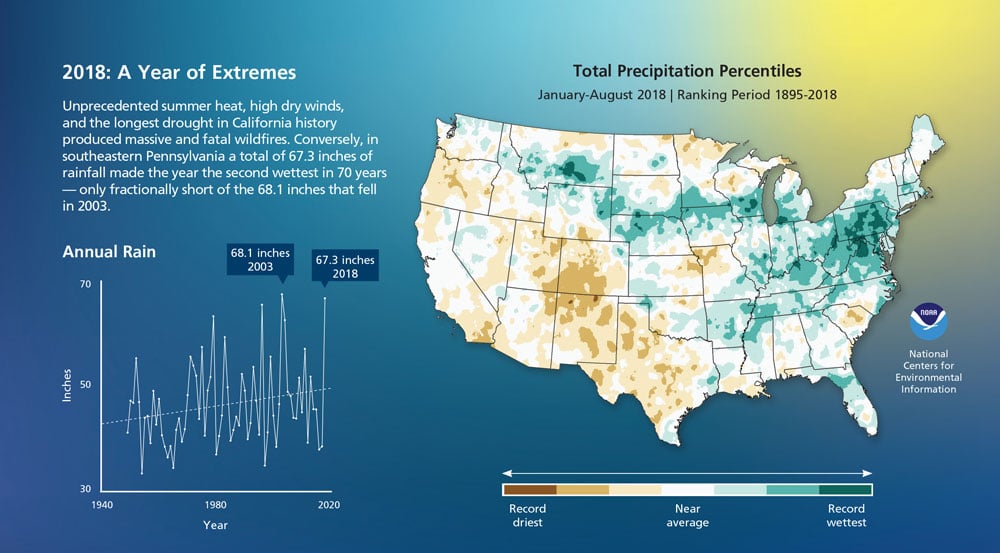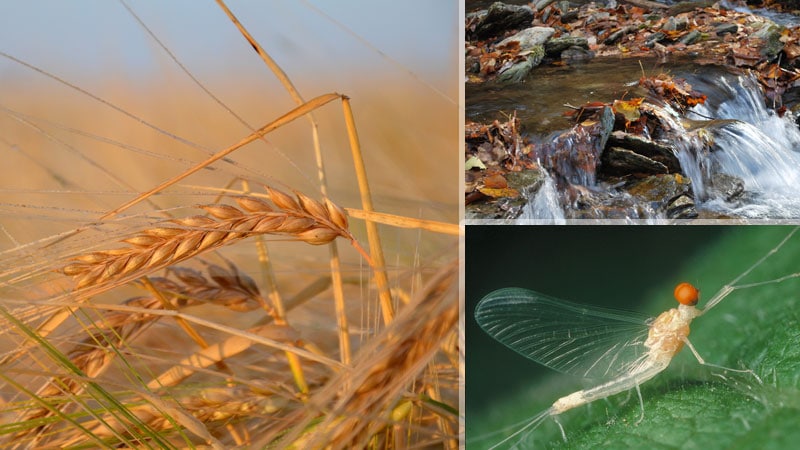Stories From the Streams: Wonders of the Watershed
https://stroudcenter.org/wp-content/uploads/stories-wonders-watershed.jpg 841 477 Stroud Water Research Center Stroud Water Research Center https://stroudcenter.org/wp-content/uploads/stories-wonders-watershed.jpgNature has a perfect way of insuring that rainwater sustains the planet. Episode 7 in the “Stories from the Streams” series from WHYY TV12.






